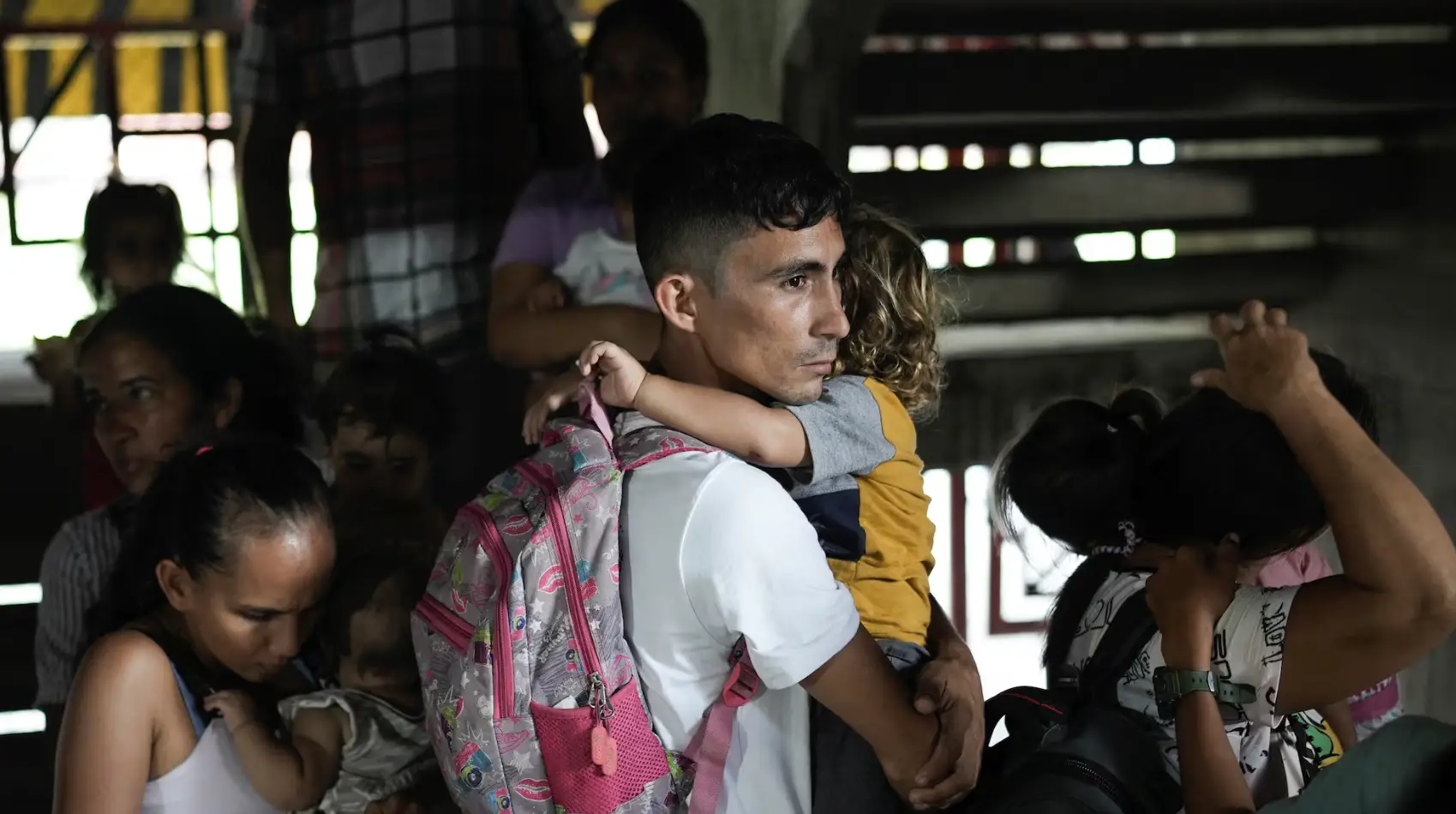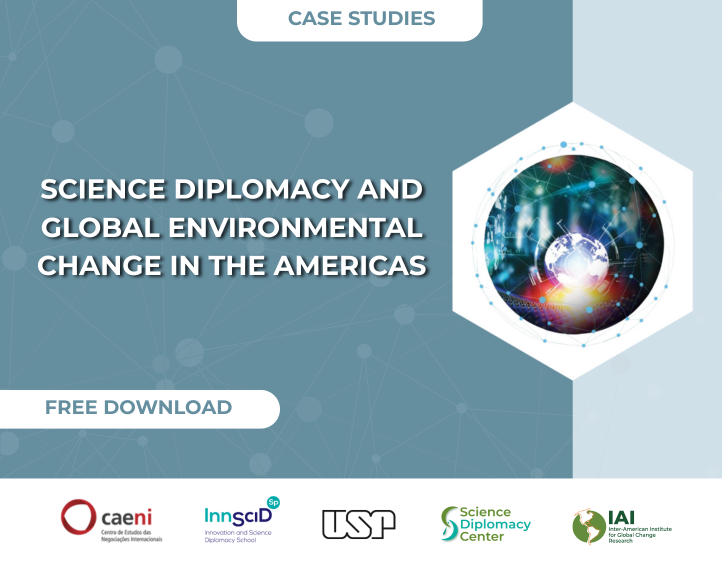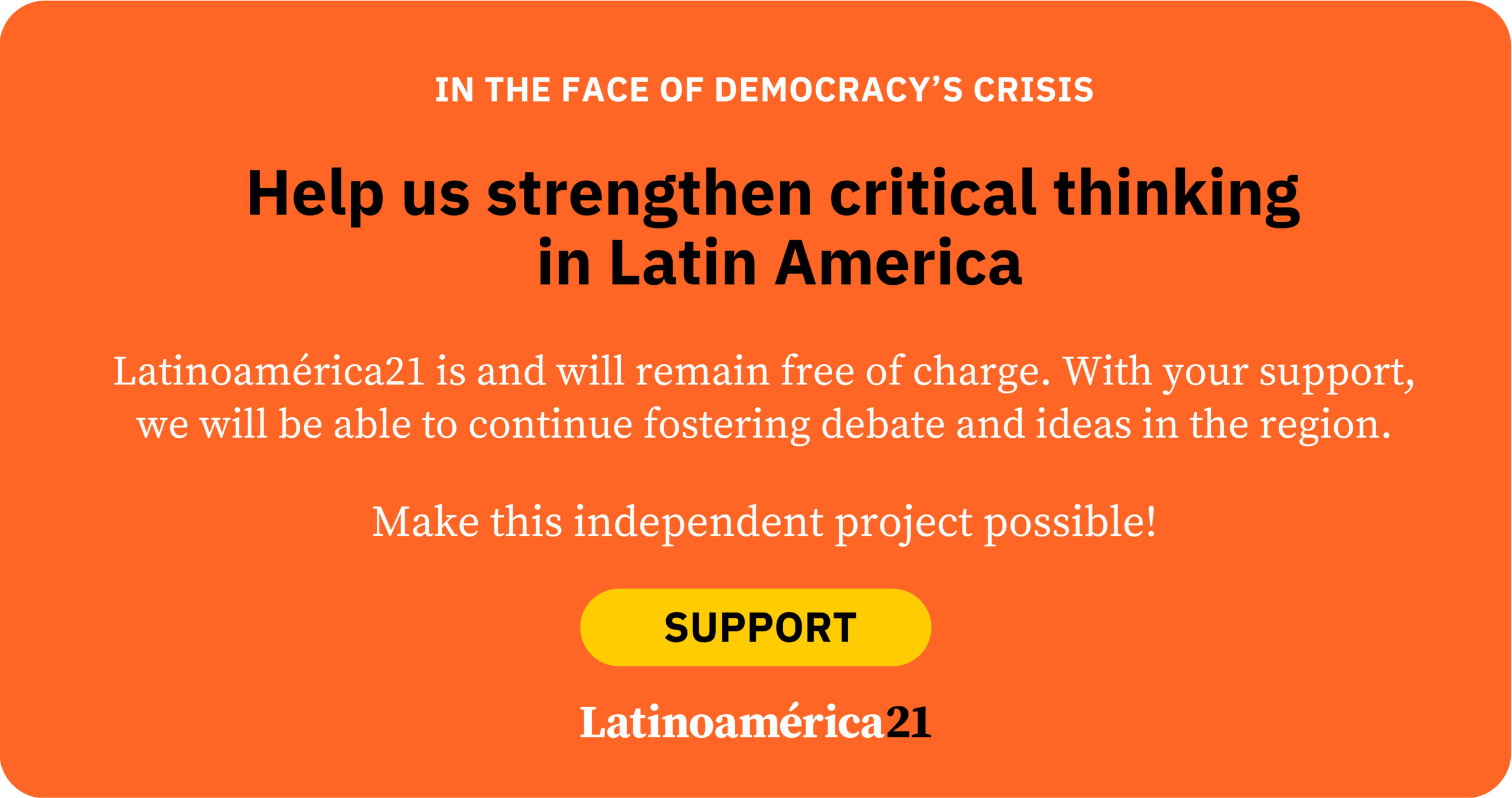The Colombian armed conflict has left a profound mark on society and territory. Although there was much hope for what could unfold in the country after the signing of the 2016 Peace Agreement between the Government and the Revolutionary Armed Forces of Colombia – People’s Army (FARC-EP), the reality is that violence has since escalated in various regions. This situation disproportionately affects the civilian population, as it exposes them to violations of International Humanitarian Law (IHL), as reported by the International Committee of the Red Cross (ICRC) in Colombia.
Children and adolescents, rural and ethnic communities, women, and individuals with diverse sexual orientations, gender identities and expressions, and sexual characteristics are some of the population groups that suffer differentiated impacts of the armed conflict. To these are added migrants who were forced to leave their countries for various reasons and who either reside in or are passing through Colombia. The phenomenon in which these individuals are immersed has come to be known as double victimization due to the importance of highlighting their specific situation. Nevertheless, there is a diversity of cases in which these people—experiencing international forced mobility and being victims of the armed conflict—suffer triple or multiple victimization dynamics.
In northeastern Colombia, along the border with Venezuela, lies the region of Catatumbo, comprising several municipalities and indigenous reserves. Catatumbo has been a region severely affected by violence for several decades.
In mid-January 2025, this region made headlines due to violence perpetrated by non-state armed groups (NSAGs), which forced local inhabitants to flee to the municipalities of Cúcuta, Ocaña, Tibú, and Hacarí. According to Human Rights Watch (HRW), one of these groups launched a campaign to regain control of areas of Catatumbo, during which civilians accused of ties to another NSAG operating in the area (which emerged after the 2016 Peace Agreement) were killed, kidnapped, or forcibly disappeared.
HRW reports that clashes between these groups have forced more than 56,000 people to flee their homes. Meanwhile, UNHCR indicated that, one month after the events, the confrontations had affected around 80,000 people, of whom more than 52,000 had been forcibly displaced from their homes and communities. Another 19,000 people faced restrictions on their freedom of movement, while over 8,600 remained confined without the possibility of moving. Among those affected were more than 47,000 children and adolescents, as well as around 4,600 Venezuelan refugees and migrants. UNHCR stated: “Since official data has been collected, this is the largest mass displacement in Colombia caused by a single event.”
This confirms that Venezuelans who were forced to migrate to Colombia—already vulnerable due to fleeing their country—become victims of the armed conflict. According to the most recent data from Migration Colombia, as of January 2025, there were nearly three million migrants from Venezuela in the country. However, it is unclear how many of them have experienced at least one victimizing event due to the armed conflict. In addition to the widespread and significant underreporting of IHL and International Human Rights Law (IHRL) violations in Colombia, there are no public official data that reflect the situation.
Nevertheless, the UNHCR report sets off all alarms—not only because it highlights the impact of armed conflict on people in the context of international forced mobility, but also because of the numerous barriers these individuals face in having their fundamental rights recognized as victims (as established, among others, in the Victims Law).
The first difficulty is the lack of access to information about assistance pathways and rights. Related to this, there have been reports of people who experienced forced displacement in Catatumbo (along with other victimizing acts) who did not understand why they were included in a census after the events. There were also victims unaware of their right to truth, justice, and full reparation, along with everything that recognition of these rights entails.
The second barrier relates to the obstacles they face—stemming from their nationality and/or migration status—in filing a declaration about the events suffered before entities that are part of the Prosecutor’s Office. While it is known that for the events between January and February (though violence in Catatumbo continued through March), a mass-declaration pathway was activated, many individuals were excluded from it. However, the efforts of the Prosecutor’s Office at the end of April are noteworthy, as they ensured that during a special session, victims of the armed conflict could submit their declarations.
The third obstacle involves the lack of inclusion in the Single Registry of Victims (RUV) by the Unit for Victims (UARIV), and consequently, the lack of legal or formal recognition of their status as victims. In all the cases known to the Red-LEM, this is due to the person’s migration status and/or disproportionate evidentiary requirements to prove the incident, particularly in cases of forced displacement.
The events in Catatumbo—both shocking and deeply concerning—add to a series of violent occurrences across various parts of Colombia, with adverse consequences for individuals, such as internal displacement, as reported by the Ombudsman’s Office of Colombia. The escalation of the conflict, as we have previously warned, demands a firm and coordinated response from Colombian authorities. This response must guarantee the rights of victims of the armed conflict, including those in situations of international forced mobility—such as Venezuelan migrants who are also victims of the armed conflict in Catatumbo.
*Machine translation proofread by Janaína da Silva.














